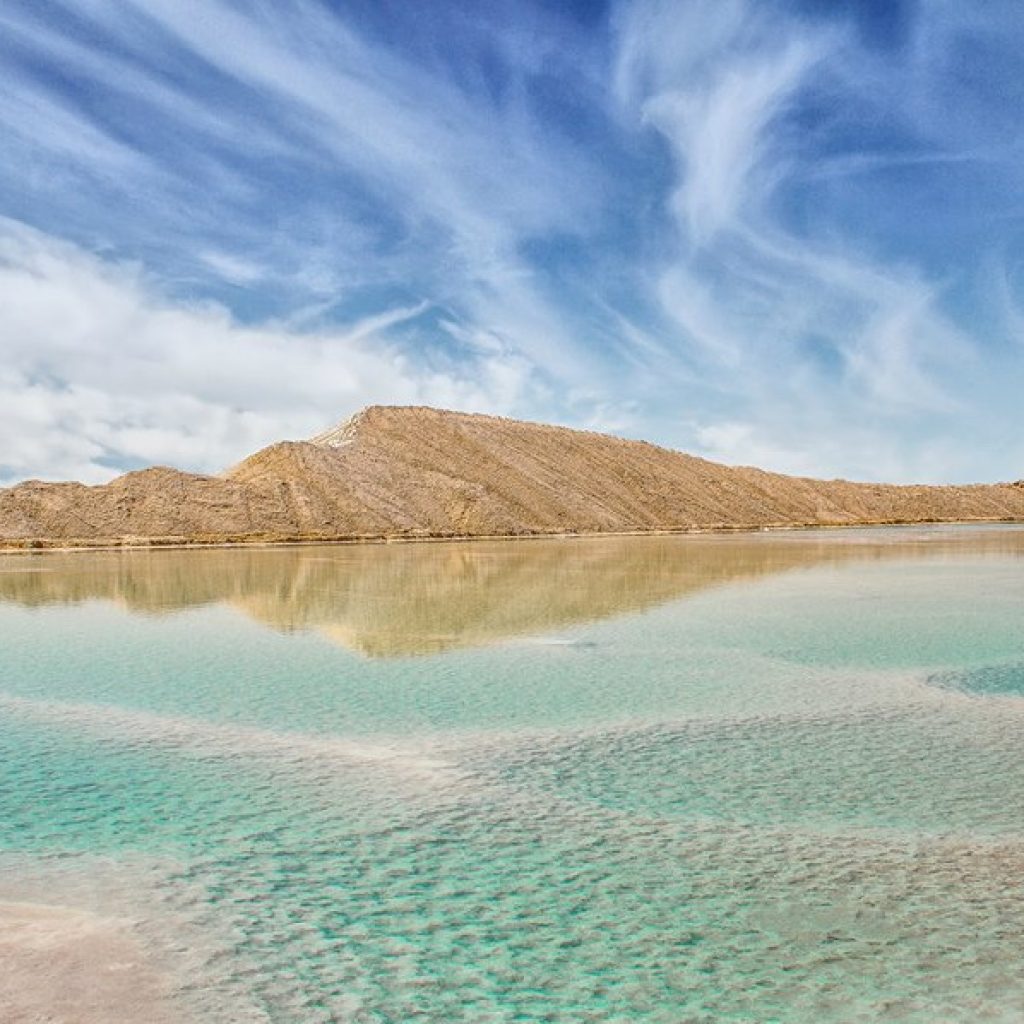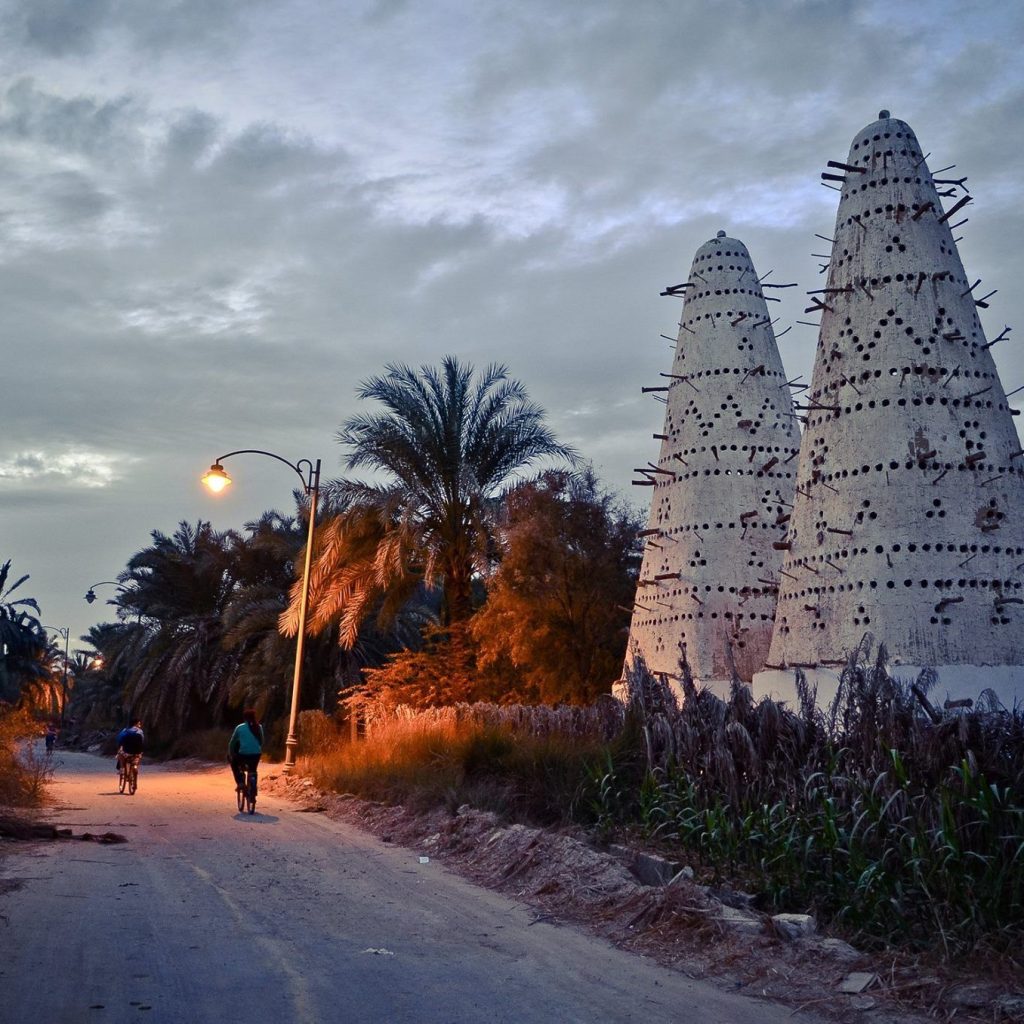“Exploring Egypt’s Hidden Desert Oasis”

Contents:
- Introduction
- The Magic of Oases in Egypt
- Creation of an Oasis
- Types of Oases: Natural and Man-Made
- Why Water Matters in Oases
- Oasis Flora: A Green Haven in the Desert
- Oasis Fauna: Wildlife in Arid Lands
- The Role of Oases in Ancient Civilizations
- Modern Life in Egyptian Oases
- The Tourist Appeal of Egypt’s Oases
- Protecting the Delicate Oasis Ecosystem
- Conclusion
- FAQs
1. Introduction
In the vast, arid expanses of Egypt’s deserts, oases stand as verdant symbols of life and survival.These green havens sharply contrast with the barren surroundings, supplying water, plants, and shelter for humans and wildlife.The allure of an oasis has been celebrated in literature, mythology, and history, often representing a sanctuary in the midst of harsh environments. In this article, we will delve into the fascinating world of Egypt’s oases, exploring their formation, significance, and the delicate balance that sustains these natural wonders.

2. The Magic of Oases in Egypt
Egypt’s deserts are home to some of the most famous oases in the world. These oases have been crucial to the survival of ancient civilizations, providing not only water and food but also acting as key trading hubs. The magic of an oasis lies in its ability to support life in one of the harshest climates on Earth. From the famous Siwa Oasis to the less-known Kharga Oasis, each has its unique charm and history. These oases are not just lifelines for the people who live there but also hold cultural and spiritual significance, embodying the resilience and ingenuity of human survival in extreme conditions.
3. Creation of an Oasis
An oasis is formed when underground water sources reach the surface through natural springs, wells, or other means. This water allows plants to grow, creating a lush area in the middle of an otherwise dry desert. The formation of an oasis is a complex process, often influenced by geological features such as fault lines that allow water to rise from deep aquifers. Over time, human intervention, such as the digging of wells and irrigation, has also contributed to the creation and expansion of oases. Understanding the formation of these natural havens highlights the delicate interplay between natural forces and human ingenuity.

4. Types of Oases: Natural and Man-Made
Oases can be broadly classified into two types: natural and man-made. Natural oases are formed through the natural emergence of underground water, often due to geological features like faults or the presence of aquifers near the surface. Man-made oases, on the other hand, are created through human intervention, such as digging wells, building irrigation systems, and planting vegetation to encourage water retention. Both types of oases serve as critical resources in desert environments, supporting agriculture, human habitation, and biodiversity. The distinction between natural and man-made oases also reflects the adaptability and resourcefulness of humans in creating life-sustaining environments in challenging conditions.
5. Why Water Matters in Oases
Water is the lifeblood of any oasis, making it possible for life to flourish in otherwise inhospitable environments. Water in an oasis enables vegetation growth, which then sustains wildlife and human populations.In Egypt, the water in oases often comes from deep underground aquifers, fed by ancient rainfall that seeped into the ground thousands of years ago. The management and conservation of this precious resource are critical to the survival of oases. Overuse or contamination of water sources can lead to the degradation of these delicate ecosystems, threatening the livelihoods of those who depend on them.

6. Oasis Flora: A Green Haven in the Desert
The flora of an oasis is a testament to the resilience of life in extreme environments. The vegetation found in Egyptian oases ranges from date palms and olive trees to a variety of shrubs and grasses that have adapted to the arid conditions. These plants not only provide food and resources for the local population but also play a crucial role in stabilizing the soil and preventing desertification. The greenery of an oasis offers a refreshing contrast to the surrounding desert, creating a microclimate that supports a rich diversity of plant species. The study of oasis flora provides insights into the adaptability of plants to harsh environments and the importance of vegetation in maintaining ecological balance.
7. Oasis Fauna: Wildlife in Arid Lands
While the harsh desert may seem devoid of life, the oases of Egypt are teeming with wildlife. These areas provide vital habitats for a variety of species, including birds, insects, reptiles, and mammals. The availability of water and vegetation in oases creates a unique ecosystem where animals can find food, shelter, and breeding grounds. Some of the common animals found in Egyptian oases include desert foxes, gazelles, and various species of migratory birds. The study of oasis fauna reveals the intricate relationships between species and their environment, highlighting the importance of preserving these habitats to maintain biodiversity in desert regions.

8. The Role of Oases in Ancient Civilizations
Oases have played a vital role in the development of ancient civilizations, particularly in Egypt. These fertile areas provided the necessary resources for agriculture, enabling the growth of settlements in otherwise uninhabitable regions. Oases also served as important trade routes, linking different parts of the desert and facilitating the exchange of goods and culture. The historical significance of oases is evident in the ruins of ancient temples, forts, and settlements found in these areas. These sites offer a glimpse into the past, revealing how ancient people adapted to their environment and thrived in the desert through the sustainable use of oasis resources.
9. Modern Life in Egyptian Oases
Today, the oases of Egypt continue to be home to vibrant communities that maintain a way of life deeply connected to their environment. Agriculture remains a primary activity, with date palms, olives, and other crops being cultivated using traditional methods. In recent years, modern technology and tourism have also begun to shape life in these areas. However, the challenge of balancing development with the preservation of the fragile oasis ecosystem remains. The tales of those residing in Egypt’s oases show a strong bond with theland and dedication to safeguarding the distinct cultural and natural heritage of these areas.

10. The Tourist Appeal of Egypt’s Oases
Egypt’s oases have become increasingly popular as tourist destinations, offering a unique blend of natural beauty, history, and culture. Visitors are drawn to the tranquility of these lush environments, where they can experience traditional desert life, explore ancient ruins, and enjoy outdoor activities such as sandboarding and camel trekking. Renowned oases like Siwa and Bahariya draw visitors globally, boosting the local economy.However, the rise in tourism also brings challenges, including the need to manage the impact on the environment and local communities. Sustainable tourism practices are essential to ensure that Egypt’s oases continue to thrive as both natural havens and cultural landmarks.
11. Protecting the Delicate Oasis Ecosystem
The ecosystems of oases are delicate and vulnerable to various threats, including overuse of water resources, pollution, and climate change. The preservation of these environments is crucial to maintaining the biodiversity and cultural heritage they support. Conservation efforts in Egyptian oases focus on sustainable water management, protecting native flora and fauna, and promoting environmentally friendly tourism practices. Education and community involvement play key roles in helping locals actively preserve their natural resources. The future of Egypt’s oases hinges on balancing human needs with environmental protection, ensuring these unique landscapes remain a desert sanctuary for generations.

12. Conclusion
Oases are more than just sources of water in the desert; they are symbols of life, resilience, and human ingenuity. In Egypt, these lush green pockets have supported civilizations for millennia, offering refuge and sustenance in the midst of harsh, arid landscapes. The future of Egypt’s oases lies in the delicate balance between development and conservation, as the pressures of modern life and tourism increasingly impact these fragile ecosystems. By understanding the formation, significance, and challenges facing oases, we can appreciate their vital role in sustaining life in the desert and the importance of preserving them for future generations.

FAQs
- What is an oasis?
An oasis is a fertile area in a desert, where water is available, allowing vegetation to grow and supporting life. - What leads to the creation of an oasis?
An oasis forms when underground water reaches the surface through springs or wells, creating a green area in the desert. - What types of plants grow in an oasis?
Common plants include date palms, olive trees, and various shrubs and grasses that are adapted to arid conditions. - Why are oases important in Egypt?
Oases have historically provided water, food, and shelter, supporting civilizations and trade routes in the desert. - Can tourists visit Egyptian oases?
Indeed, numerous oases in Egypt, including Siwa and Bahariya, attract tourists due to their stunning landscapes and rich cultural history. - What threats do oases face?
Oases face threats from overuse of water resources, pollution, climate change, and the impact of tourism. - How can we preserve oases?
Preserving oases involves sustainable water management, protecting native species, and promoting eco-friendly tourism practices.





Comment (0)